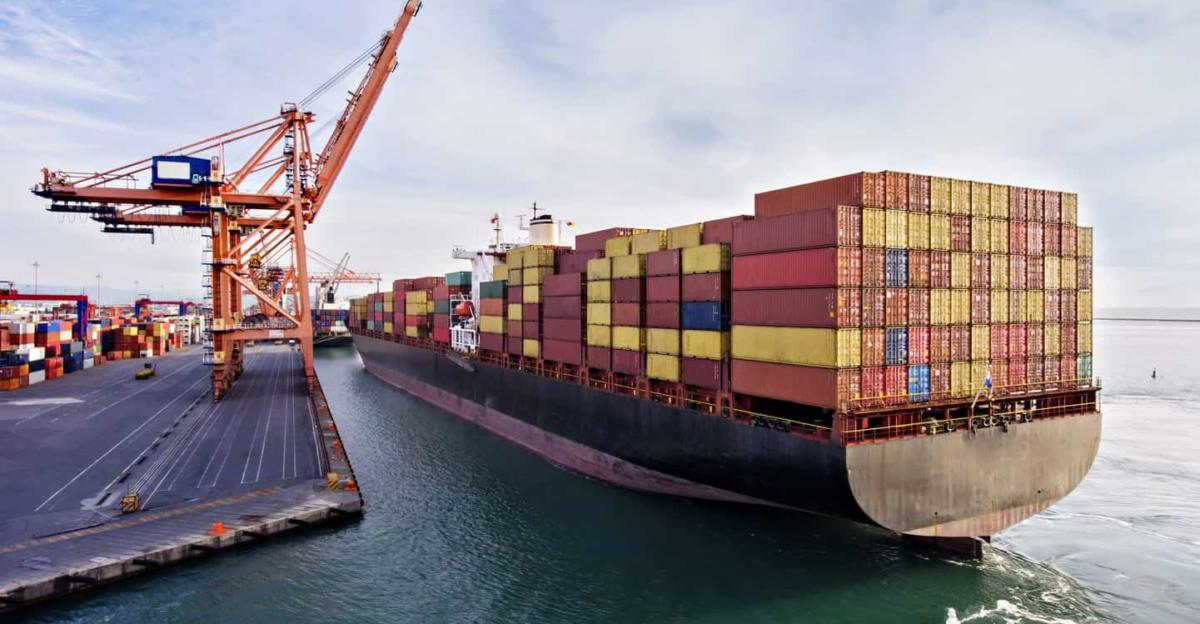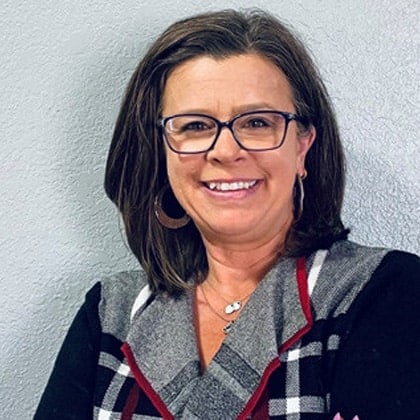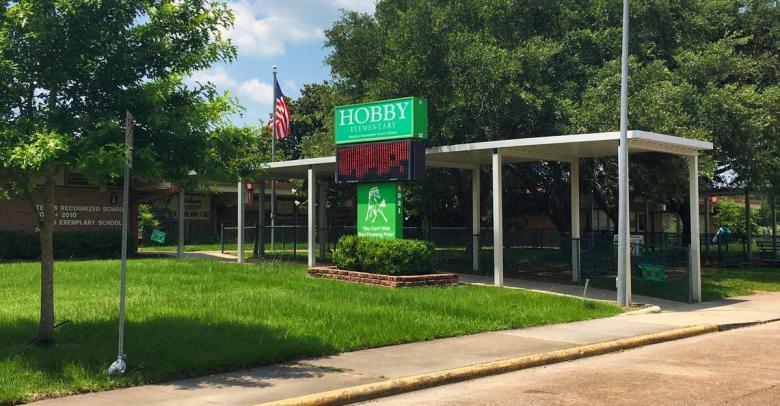The supply chain problems can impact the availability of educational supplies — and this, in turn, affects the experience of both students and teachers. These problems aren’t going away any time soon, and school district purchasing departments will have to come up with a plan to ensure that schools receive materials as they’re needed.
While consumer demand for goods and services continues to grow, U.S. ports and shipping companies are crippled with labor shortages and infrastructure constraints. The Wall Street Journal reports that the number of ships waiting to unload at the ports of Los Angeles and Long Beach, the biggest U.S. gateways for imports from Asia, is improving but is still hovering near record levels. There were 71 container ships anchored offshore on Nov. 19, WSJ reports, down from a peak of 86 three days before. Prior to the pandemic, it was unusual for any ships to anchor offshore.
Other factors impacting the supply chain include high gas prices and a shortage of truck drivers. All of these factors have put a significant strain on school purchasing and supplies.
How should K-12 purchasing departments respond to these problems? Here are four key suggestions.
Adjust Buying Cycles
Purchasing of school supplies is typically done in June or July to receive supplies in time for the new school year, with the second round of purchases by early December in time for the spring semester. To get ahead of supply chain issues, K-12 purchasing officers should consider shifting this cycle to March or April for a late summer or early fall delivery and October or November for the delivery of spring supplies.
Stock Up on High-Volume Items Where Possible
Moving the K-12 buying cycle forward can help ensure that items are received in a timely manner and account for possible delays or back orders. However, purchasing departments will have to receive lists of necessary items sooner than usual. This will require close coordination with school sites to make sure their needs are accounted for.
For materials that schools routinely cycle through quickly, K-12 purchasing officers should consider buying as many of these supplies as they can afford to purchase up front, rather than waiting to buy these items on an as-needed basis throughout the school year.
Stocking up on high-volume supplies in advance can help avoid problems with shipping delays or out-of-stock items. However, this strategy will only work if school districts have enough cash flow (or credit) to buy items in bulk — as well as enough space to store these extra materials.
Allow More Time for Large Purchases and Projects
Furnishing K-12 learning environments is a largescale job, and it takes longer to plan, design, deliver, and install materials. In a typical school year, planning takes place from November to March, including bidding, interviews, planning, and design. Purchase orders typically aren’t issued until April or even May for summer installations.
Because of the large scope of these types of projects, we strongly suggest that you begin this process in early fall and issue purchase orders in late December or January. Many manufacturers will build items and store them at their facility until you are ready for installation. Another way to prepare for summer installations is to ship items to your district early and store them close to the school site. This allows the companies responsible for installation to inventory items, check for initial damage, and order possible replacements before the installation happens.
Maintain Close Communication with Vendors
Communicating throughout the buying process is always important, and that’s especially true during uncertain times like these. Maintaining close communication will help you avoid any surprises and give you time to prepare if any problems should occur.
Choose your vendors carefully. Work with suppliers who are interested in forming relationships and not just closing sales. You want business partners who are responsive to your phone calls and emails, who will keep you in the loop on any changes or new developments, and who will work with you to design creative solutions when problems arise.
By planning ahead, being prepared, and choosing their vendors carefully, K-12 school systems can avoid supply chain issues and ensure that they have the materials they need, when they need these items — so there is no disruption to teaching and learning.
School Specialty can help you plan, prepare, and execute your purchasing vision. To learn more, contact your School Specialty representative.
Watch On-Demand
Getting ahead of supply chain issues.
In the companion webinar, Dr. Sue Ann Highland explores the supply chain problems caused by the pandemic and how they are impacting the availability of educational supplies. Importantly, she offers four practical strategies that can help you lessen those impacts.
Dr. Sue Ann Highland
Sue Ann Highland, PhD, is the National Education Strategist for School Specialty. She has more than 25 years of experience as an educator, administrator, and consultant with school systems across the United States, with broad expertise in designing and creating highly effective learning environments.
Read more by Dr. Sue Ann Highland–>







Leave a Reply